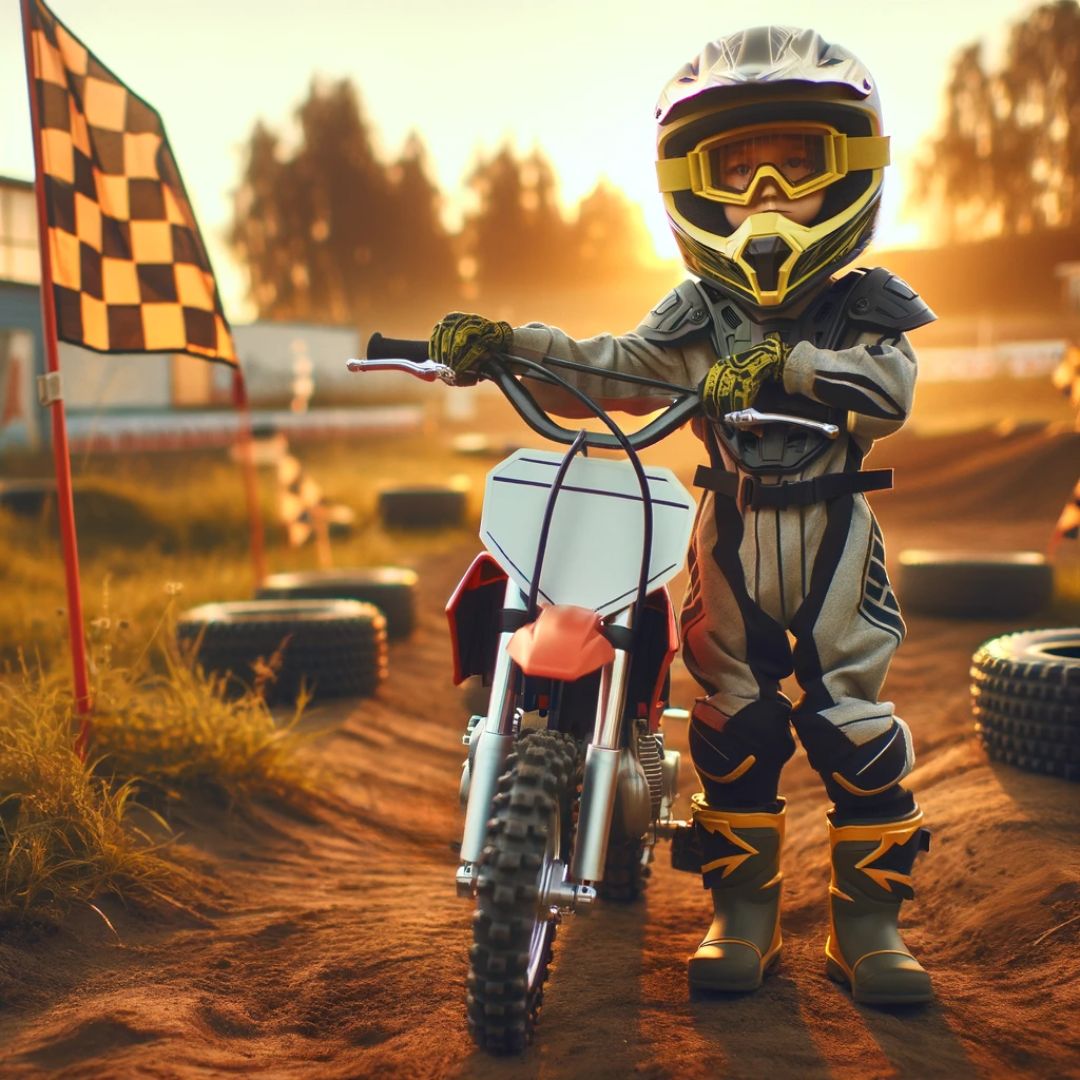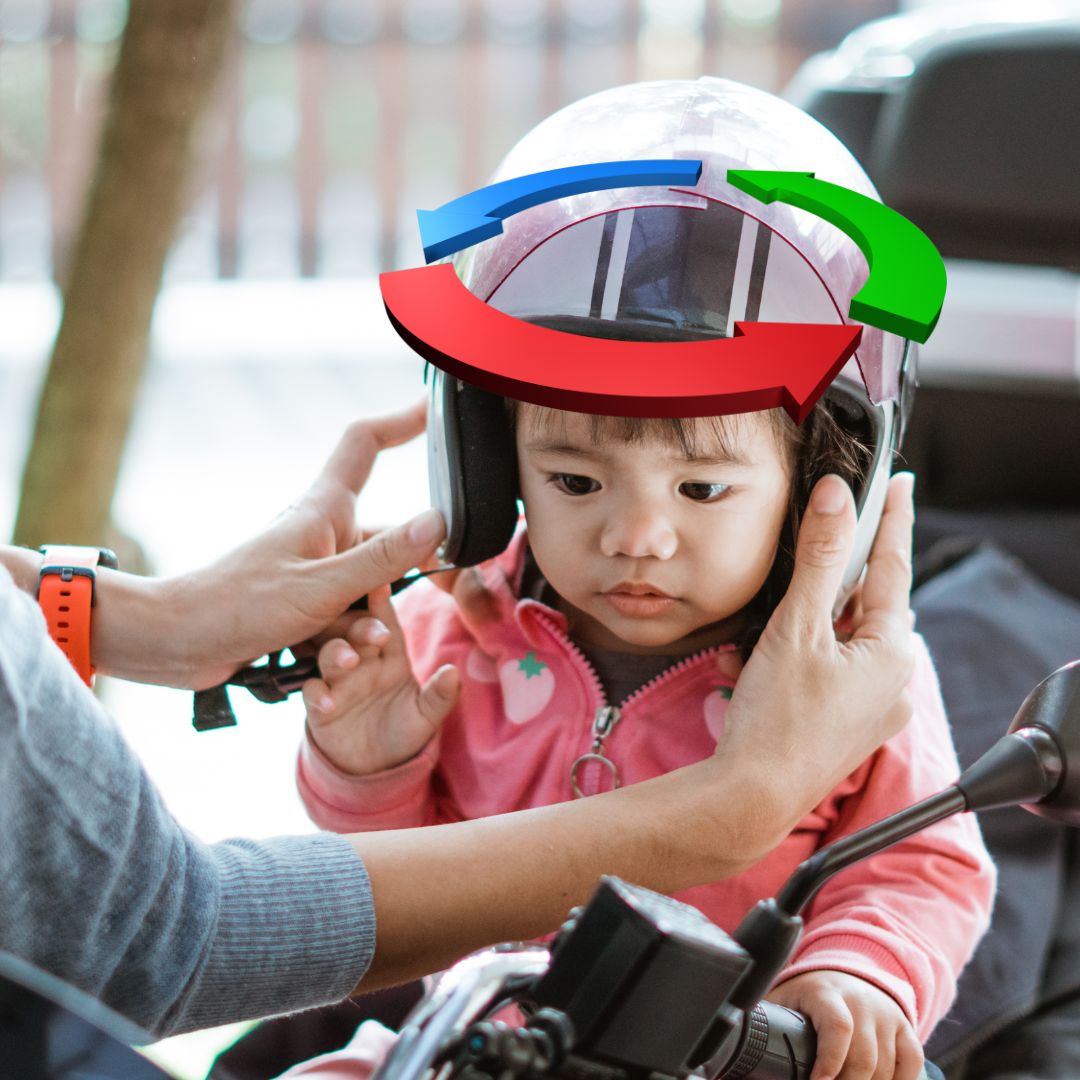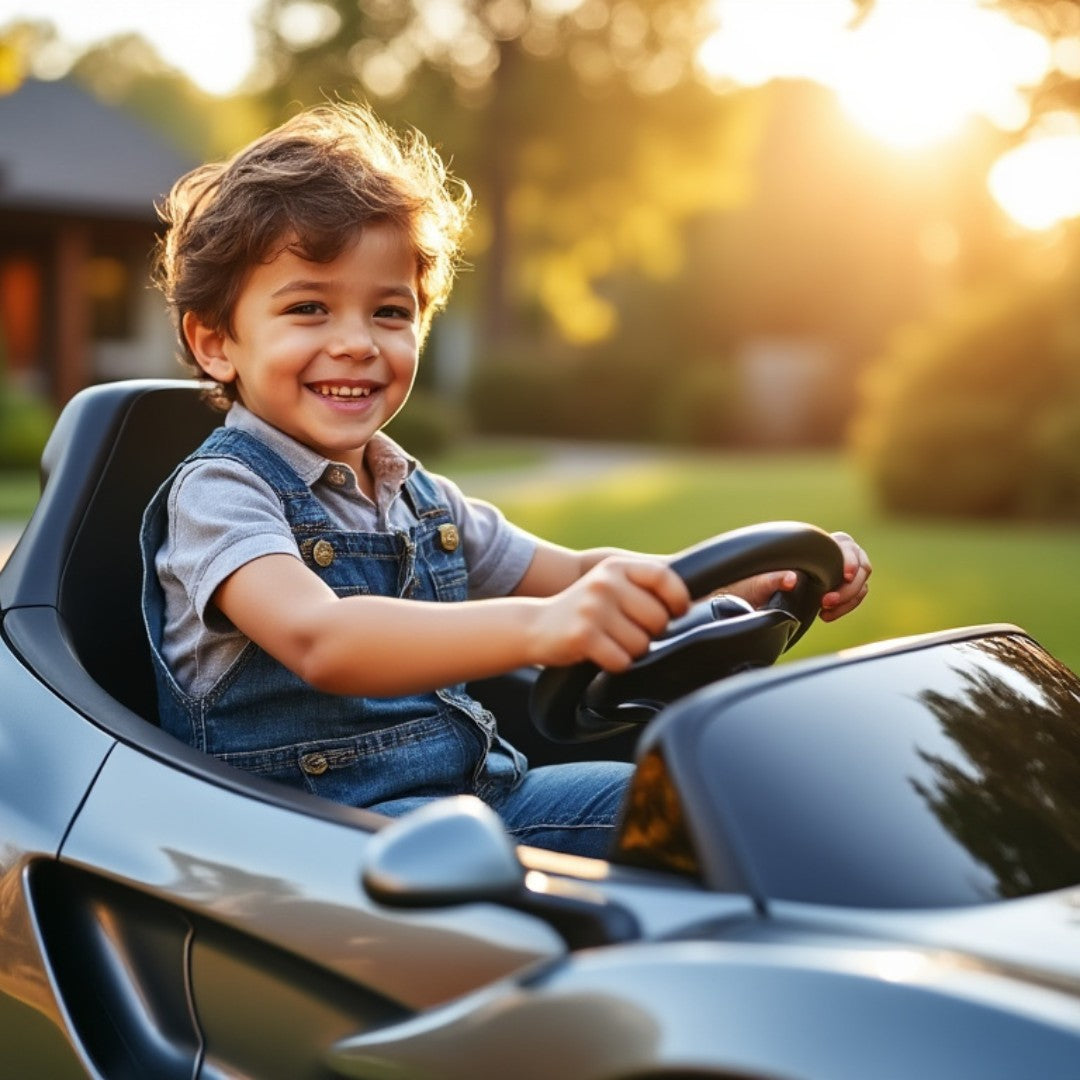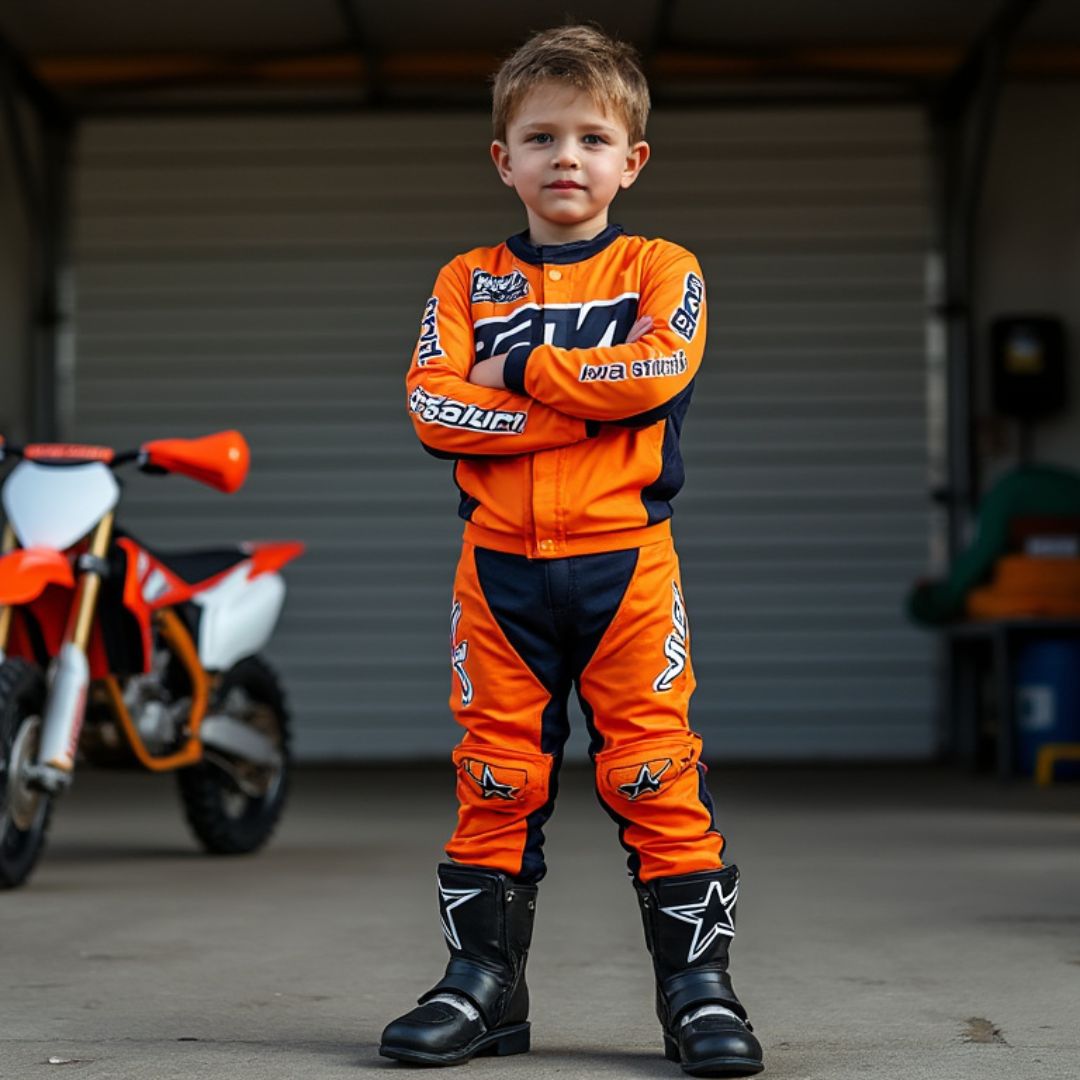
Updated: 28.4.25
When your child expresses an interest in motocross, it's natural to have concerns. Is motocross safe for kids? What risks should you know about?
Before making a decision, it’s important to understand both the rewards and the realities of this thrilling sport.
Motocross isn’t just about speed and stunts; it builds discipline, strength, and resilience. However, like any high-energy sport, it comes with risks that need to be carefully managed.
Here’s everything you need to know to make an informed, confident decision for your child.
The Benefits and Risks of Motocross
Motocross can offer significant benefits: it improves coordination, teaches responsibility, and provides an adrenaline-fueled way to stay active.
That said, the risks are real. Common injuries include cuts, sprains, fractures, and in more severe cases, head or spinal injuries.
Weighing these risks against the benefits—and ensuring proper safety measures—can make motocross a positive experience.
Safety Essentials Every Rider Needs
High-quality safety gear is non-negotiable. A proper motocross helmet is critical for preventing serious head injuries.
Don't forget:
- Protective gloves and boots to guard against abrasions.
- Goggles to shield eyes from dirt and debris.
- Body armor, including chest protectors and knee pads, for extra protection.
Investing in the right equipment dramatically reduces the severity of injuries should accidents happen.
First Aid and Emergency Preparedness
Even with the best preparation, accidents can occur. Being ready to respond quickly is key.
- Learn basic first aid, especially how to handle concussions, fractures, and wounds.
- Have an emergency plan that includes knowing the nearest hospital and keeping emergency contacts readily available.
- Teach your child to signal for help if they feel hurt or unwell.
Recognizing Common Injuries
Early recognition is critical. Know the signs of serious injuries like concussion (confusion, dizziness) or fractures (swelling, immobility).
Staying calm, immobilizing the injury, and seeking medical attention immediately can make a huge difference in recovery outcomes.
Understanding the Motocross Community
Motocross is more than a sport—it’s a supportive community.
Experienced riders mentor newcomers, and safety is a shared priority. Being part of a club or group can help reinforce safety practices while giving your child a sense of belonging.
Adult Supervision and Training Matter
Constant adult supervision and formal training are essential for young riders.
Choose certified programs that focus on safety, basic skills, and gradually building riding confidence.
Choosing the Right Bike and Gear
Select equipment appropriate for your child’s size and skill level.
Smaller, lighter bikes with manageable power levels are best for beginners. Regular maintenance and pre-ride safety checks are just as important.
Safer Alternatives to Traditional Motocross
If you’re hesitant about motocross, consider electric dirt bikes, Go-Karts, or youth ATVs. These alternatives offer a safer introduction to motorsports with less risk of high-impact crashes.
Building a Support Network
Join local motocross clubs or online communities. Networking with other parents and riders provides access to advice, events, and safer riding opportunities.
Legal Considerations and Insurance
Before enrolling your child in motocross, understand the necessary waivers, insurance options, and local laws regarding youth motorsports participation.
Accident insurance or specialized sports insurance can offer peace of mind by covering potential injuries.
Conclusion
Motocross is exciting and rewarding—but like any sport, it requires the right approach to safety and training.
With proper preparation, careful supervision, and the right equipment, your child can safely enjoy the thrills of motocross and develop valuable life skills along the way.
Stay informed, prioritize safety, and motocross can be a positive, empowering adventure for your young rider!
FAQs
What is the recommended age for children to start motocross?
Most children can begin learning motocross basics around 4–5 years old, but readiness depends on physical coordination and maturity. Always start with a basic safety course.
How can I tell if my child is ready for motocross?
Look for strong motor skills, good listening ability, and a genuine interest. Enroll them in a beginner training session to assess readiness.
Are there motocross programs specifically for children?
Yes! Many motocross training centers offer kid-specific programs that emphasize safety, basic techniques, and age-appropriate skill building.
What should I look for in a good motocross training center?
Choose centers with certified instructors, a strong safety record, and tracks designed for beginners. Ask about safety protocols and available emergency support.
Get in Touch 🚀
Loved our article on "Is Motocross Safe for My Child?" Ready to explore more? 🚗🏍️
Browse our range of safe and exciting kids' motorbikes and gear at RiiRoo.com!
Need advice? Start a Live Chat—we're here to help!






Share:
Do Electric Scooters Need To Be Registered?
The Top 5 Best Dirt Bike Trails In The UK in 2025